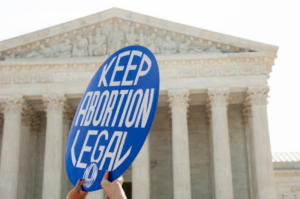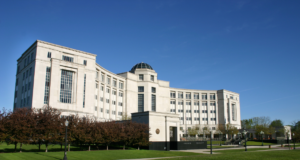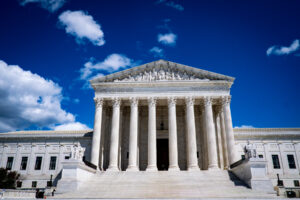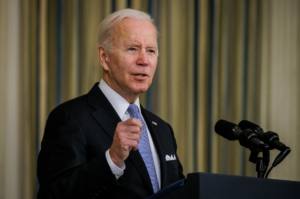What’s ahead for the U.S. Supreme Court this year for reproductive health
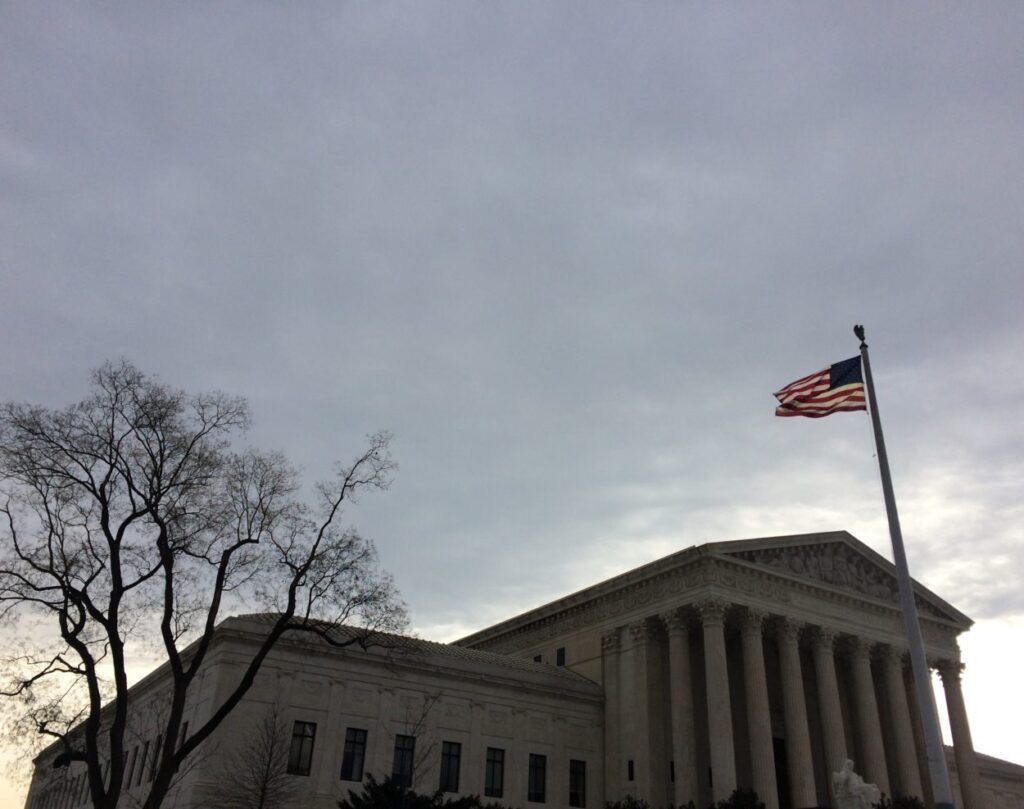
Dobbs v. Jackson Women’s Health, the U.S. Supreme Court case on Mississippi’s 15-week gestational ban, is not the only reproductive healthcare case that the high court could hear this year, according to Supreme Court watchers.
The date for Dobbs v. Jackson Women’s Health has not been set yet but Ellie Rushforth, an attorney for the American Civil Liberties Union of New Mexico, said the court usually doesn’t deliver its opinion on abortion cases until June or July.
“Then begins an election,” Rushforth said, indicating the 2022 mid-term races between Republicans and Democrats will begin in earnest.
Rushforth said the court will not likely hear oral arguments on Dobbs v. Jackson Women’s Health until December at the earliest.
Dobbs v. Jackson Women’s Health has the potential to upend Roe v. Wade. The sole abortion clinic in the state of Mississippi challenged the state’s 2018 law to ban abortion at 15 weeks. Jackson Women’s Health offers abortion only up to 16 weeks of gestation.
In July the state asked the court to consider overturning Roe v. Wade when deciding Dobbs v. Jackson Women’s Health.
Another case that will be heard in October, Cameron v. EMW Women’s Surgical Center, P.S.C., which Rushforth called “unique,” is one where the Attorney General of Kentucky, Republican Daniel Cameron, asked the high court to consider allowing him to relitigate an abortion case decision already decided by the lower court. The Kentucky Department of Health, under Democrat Kentucky Gov. Andy Beshear, did not appeal the lower court’s decision in 2019. The lower court struck down the Kentucky law that banned most surgical abortions, known as Dilation and Evacuation or D and E.
Rushforth said that the time frame can depend on the provider, but roughly that affectively bans abortions after 15 weeks of gestation.
Cameron has appealed to the Supreme Court to allow him to relitigate the case. The court will hear oral arguments on Cameron v. EMW Women’s Surgical Center, P.S.C., on October 12.
Additional Supreme Court cases the nine justices are considering include one – Dignity Health v. Minton – that involves a transgender man who sought a hysterectomy in California but was denied care by Dignity Health, the largest hospital in that state, Rushforth said.
While Dignity Health has not established itself in New Mexico, it is the fifth largest health care system in the U.S. It has faith-based affiliations and is asking the Supreme Court to consider whether the U.S. First Amendment bars a California law that prohibits the hospital from discriminating against patients.
The Supreme Court has tended to “give wide latitude” to religious organizations in suits that involve religious freedom, Rushforth said.
“I’m really watching this one closely to see if the court decides to give health care providers and employers license to discriminate on reproductive health needs,” Rushforth said.
The other reproductive cases the court could consider during the upcoming term include one that would ban abortion in Missouri at 8, 14, 18 and 20 weeks of gestation.
Rushforth called it a “cascading abortion ban.” The case also involves banning abortion if the fetus tests positive for Down syndrome. This case is also a direct challenge to Roe v. Wade, Rushforth said.
Another ban based on a Down syndrome diagnosis that the court could also take up this year is Rutledge v. Little Rock Family Planning Services. In this case the state of Arkansas is asking the court whether the U.S. 14th Amendment could prohibit abortion if the pregnant person receives a Down syndrome diagnosis for the fetus.
Roman Catholic Diocese of Albany v. Lacewell is another reproductive healthcare case the court could choose to hear this year. That case involves New York insurance laws and whether faith-based organizations should be allowed to opt out of having to cover abortion for employees through insurance coverage. This case is also asking if the First Amendment might protect faith-based employers from laws prohibiting discrimination, arguing that the New York law interferes with faith-based organizations’ autonomy.
Another reproductive health care case the Supreme Court could take up is Box v. Planned Parenthood of Indiana and Kentucky Inc. This is another case that the court hasn’t announced it will hear oral arguments on but the court is considering it.
The case is a “forced parental notification,” case where the state gets to decide if it’s in the patient’s best interest to require the clinic to notify the patient’s parents that the patient is seeking an abortion, Rushforth said.
“Which is so dangerous for so many reasons. The least of which is the state is inserting itself into family dynamics and they can’t legislate family dynamics,” she said.
This article was originally posted on What’s ahead for the U.S. Supreme Court this year for reproductive health

